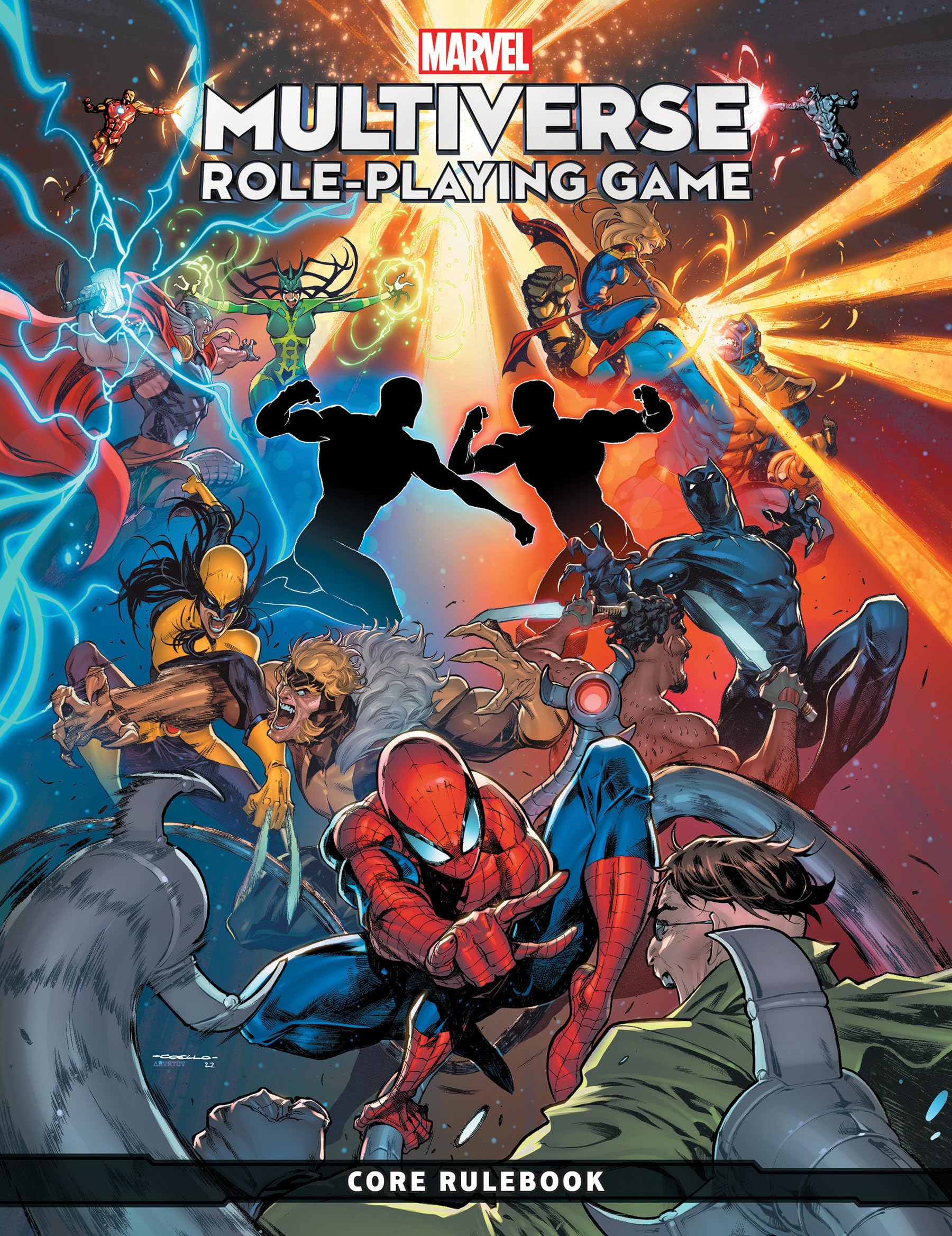Diversification
The first time we (legally) obtained digital video in non-disc form was through iTunes. We were in the process of moving to Texas and had just finished watching Battlestar Galactica season 1 via Netflix disc. As we would be spending the next month in a hotel, and as this was the really good era of BSG, we wanted to watch season 2 before the third season premiered. As couldn’t send Netflix’s disc without a new home, we opted to purchase through iTunes.
The ability to catch up on two seasons of TV was, in itself, still a novel concept at the time. To do so by just (legally) downloading a whole season was pretty cool. Netflix streaming wasn’t really a thing then, if it was even available at all yet. The price was a little high, not really any cheaper than buying the discs but it allowed us to download the season onto our computer before leaving home and being able to get both parts of season 2, which were broken into two disc sets.
That was our first step into online video purchases and the only for awhile. Having to watch the video on our computer, and just the desktop we downloaded them to, limited the appeal. It worked great for a hotel room you’re staying in for a month but once you have a house, real TV (even then in the pre-HD/flat panel age) a DVR works just fine.
We had DVR for the next few years and thought it worked great. And it did. Compared to VHS, DVR’s are amazing. But they still have some problems. Power loss still ruins recording plans. Only able to watch/record two things at once, was made worse by the +/- 5min feature. This made recording three shows across two hours far more difficult, and prone to failure, than it needed to be.
A few years later, after we got an Xbox, and Netflix streaming, we discovered the ability to download current TV shows that our DVR had failed to record and stream them to the TV (now of the HD variety). This proved to be a great way to catch those pesky episodes we would have otherwise missed. It was a bit annoying doing it on the Xbox, as it didn’t have streaming yet and we had very limited HD space but for the occasional missed episode, it worked.
Then we decided to pursue the dream of a cable free existence. We ditched cable, outside of internet delivery since that was our only choice, and pursued only stuff we could get streaming or via Netflix disc delivery. We were still into a few current shows but with the money we saved on cable costs, we could purchase those individually and still come out ahead.
For awhile, we tried this with the Xbox service. It was annoying having to do the currency conversion, but since it was now streaming instead of download, it worked fine otherwise. Then they refused to take my credit card for some reason. Amazon had just gotten an app for the Roku, and a Roku turned on a hell of a lot faster than an Xbox, so we switched.
We’ve done video via Amazon for awhile now. We have two to three seasons of some shows on there, along with one or two movies. With Amazon prime, we even get some “free” stuff that isn’t available via Netflix. This has worked out pretty well as we can get Amazon on the web, Roku or Xbox.
Now, we’re looking into getting a tablet. We don’t want an iPad. We’d prefer an Android device but would rather not get a Kindle Fire. Unfortunately, Amazon streaming is not available on any other Android device aside from their own. And then Google releases their Chromecast device.
This device allows you to find video via phone or tablet and then send it to the tv to view. It doesn’t stream on the device so once the video starts, the device can be used a remote but can also do whatever else you want with it. I’ve used this feature through the YouTube app on the Xbox and it works great. To, once again, avoid the long load time on the Xbox would be great.
The problem comes from that the available apps are quite limited at the moment. It would allow us to bypass Amazon and start buying TV through Google Play, something we currently don’t have a device to stream to the TV. We could then have access to video on phone, tablet, computer and tv. But it would be limited to Google and YouTube.
This is compounded by the fact that we have ended, once again, with some cable service, which we’re using to stream some TV shows via the Xfinity app on the Xbox (such as semi-live Breaking Bad). We’re considering a Xbox One when they come out, as it would add Skype functionality to the TV along with finally giving us a Blu-ray player (we got some Blu-rays as gifts but no way to play them at present). But that’s an expensive device and the amount of gaming I’ll do on it will likely be limited (though the kid will be old enough to enjoy some of the Kinect kid games soon).
We find ourselves in a place where we have legally purchased video through four different distributors. No one distributor, nor one device, will grant us access to everything we’ve purchased on a tv screen. It’s such a confusing mess I’m actually kind of missing just buying DVD’s.
So, do we stick with Amazon using the Roku and Xbox? Go with Google so we can get the tablet we want? Get a Xbox One since it will do just about everything? Get the Chromecast, hope its apps grow and say good bye to Amazon? Get a Windows Surface device instead? To many choices.


